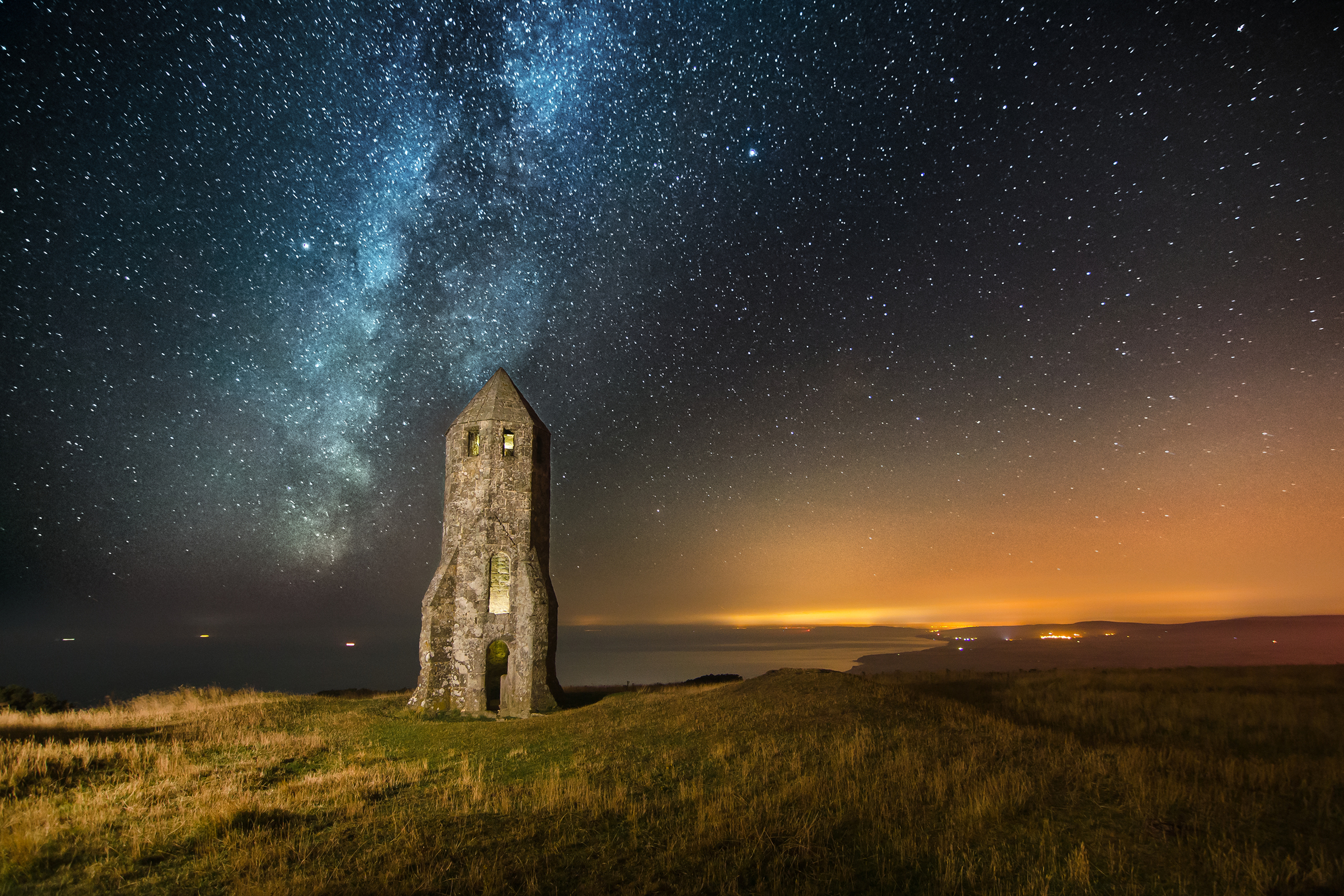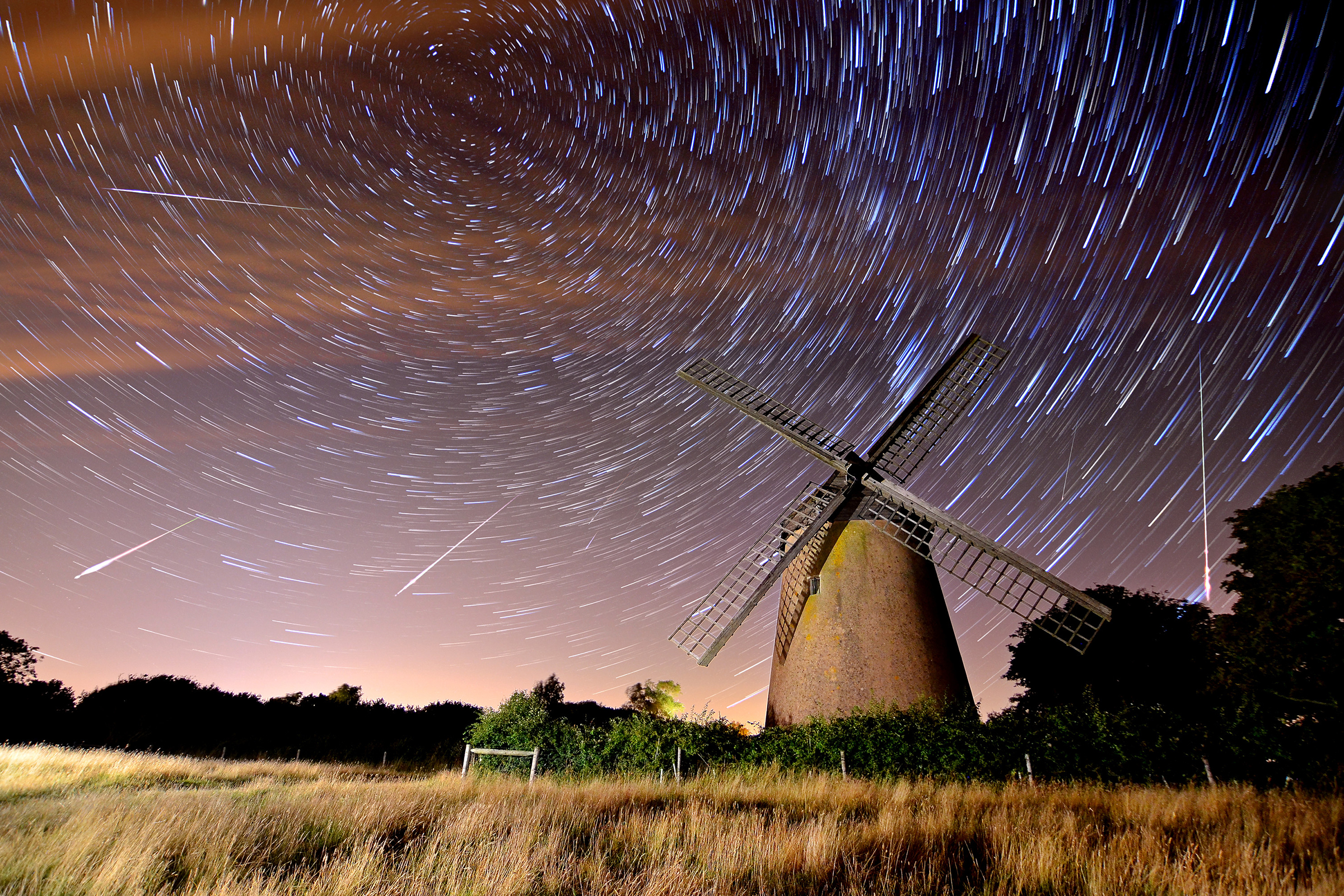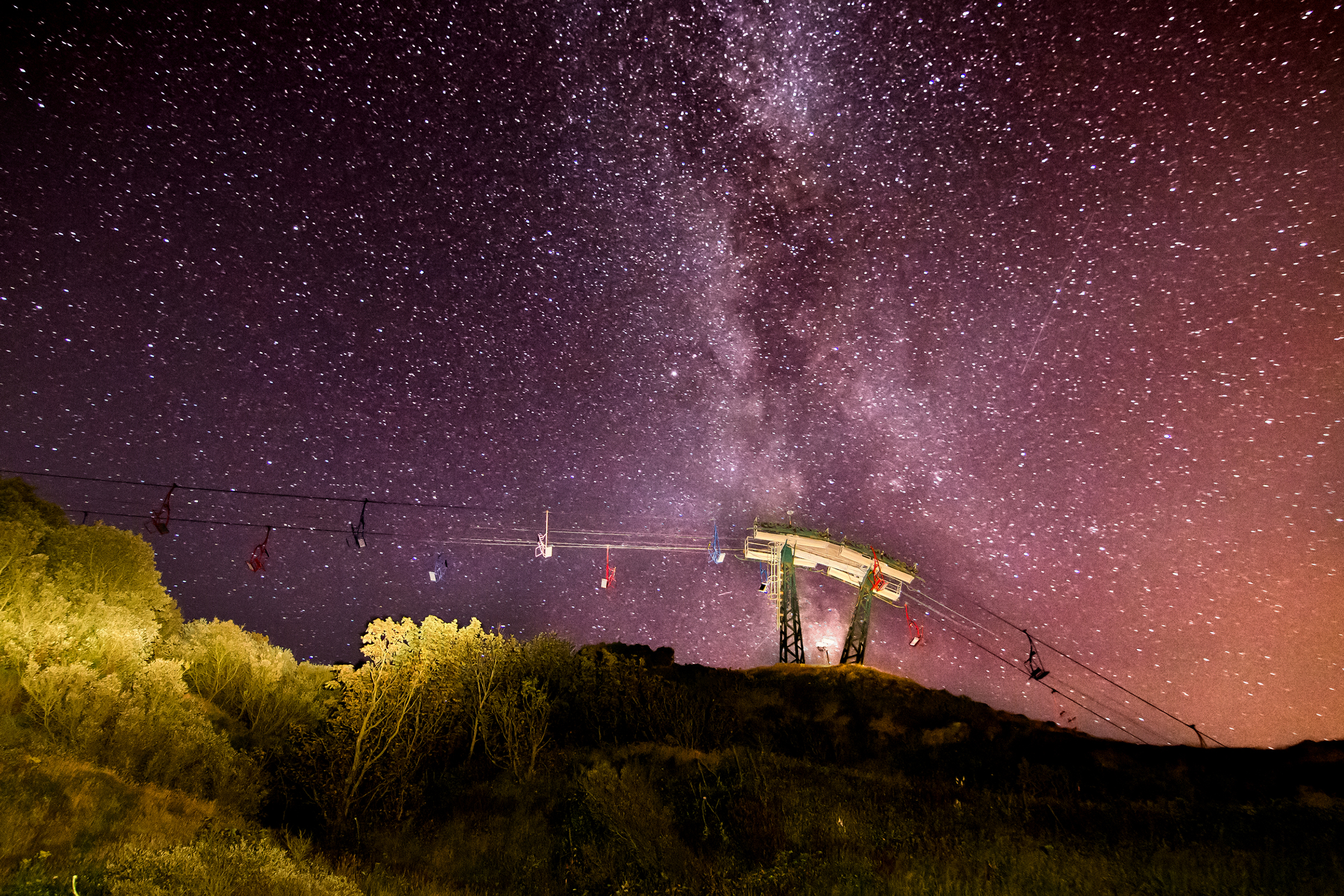Lockdown stargazing – brighten up your time at home with a meteor shower viewing
How and when to watch the winter night sky from your home


The long winter nights might seem depressing and never-ending for some, but if you know when to look, the night sky can provide you with some spectacular viewing.
We may not be able to go too far from our homes right now, but with a back garden, rooftop or balcony, you can turn your outdoor space into a lockdown stargazing hotspot. Now, more than ever before, it's actually easier to see star activity, as lessened smog and light pollution from current restrictions means the sky is overall darker, making stars, constellations and even meteors clearer to view.
- Love this? Live your best life with the help of our Life & Design pages
Where should I stargaze?

Thanks to lower levels of light pollution, if you're lucky enough to live in a rural area then you've got the best chance of spotting the stars you're seeking this winter.
However, you've still got a chance to go stargazing from within a city. 'It's not easy to observe space from cities,’ notes Ashley King, a planetary scientist based at the Natural History Museum. 'The general advice is get as high above buildings as you can and minimise the light in your vicinity.' If you can gain access to a high spot with minimal like, like a private balcony or rooftop then this is your best bet.
Once lockdown ends and we're free to explore the UK once more, National Parks are a great choice as they tend to have very low light pollution levels. Islands are a great choice, too; the Isle of Wight, particularly, has some of the best dark sky sites in the UK, spots including Culver Down, Needles Head, Artherfield and Brighstone Beach.
How do I spot stars and meteor showers?

Before you attempt to stargaze, there are a few considerations to take into account. Most important is the weather forecast and the moon phases, as bad weather or clouds obviously obscure the sky and a full moon will brighten up the sky too much - aim for when it's waxing or waning.
‘For the best chances to spot meteor showers, find as dark of an area as you can,’ explains Royal Observatory Greenwich Astronomer, Anna Ross. 'Allow around 20 minutes for your eyes adapt to the dark to see the little points of light travelling very fast across the sky. As meteors move so quickly, it's best to look up without using telescopes or binoculars so you can see as much of the sky as possible.’
Sign up to the Homes & Gardens newsletter
Design expertise in your inbox – from inspiring decorating ideas and beautiful celebrity homes to practical gardening advice and shopping round-ups.
It can also be helpful to use apps, such as iPhone's Star Walk and Android's Google Sky. There are also useful online resources which you may find helpful, include this guide from Red Funnel ferries.
What meteor showers can I see?

This November and December there are four main meteor showers to keep an eye out for while stargazing in the UK - Taurids, Leonids, Geminids and Ursids.
The Taurids - This started in October, but is still going on as it is one of the longest lasting showers, and is due to peak on 10th-11th November. It's a relatively slow stream, with only about 10 per hour, but the are beautiful. The Taurids are caused by debris from the comet Encke.
The Leonids - Debris from the comet Tempel-Tuttle produce some of the fastest and brightest meteors of the year, visible between 15th - 20th November, between midnight and dawn.
The Geminids - different to many other major showers, the Geminids originates from debris from an asteroid rather than a comet. The showers are often multicolored, too, thanks to the metals involved. To see this meteor shower, take a look during its peak on 14th-15th December.
The Ursids - Just in time for Christmas, peaking 21st-22nd December, the Ursids produce a beautiful streak of light which seems to radiate from the Ursa Minor constellation. There's a crescent moon during the shower's peak this year, increasing the chances of its visibility.

Thea Babington-Stitt is a Content Editor at Future. She has been an interiors journalist for nearly 10 years and has held positions at LivingEtc, Country Homes & Interiors and Homes & Gardens. Currently, she is writing for Ideal Home and Style At Home's websites and magazines.
-
 Charred little gem with saffron dressing
Charred little gem with saffron dressingThis recipe with charred little gem is both easy to make and sure to impress guests. It's the perfect side for fresh spring menus
By Alice Hart
-
 Grilled asparagus with herb and pickled red onion
Grilled asparagus with herb and pickled red onionThis grilled asparagus couldn't be easier, and it's a wonderful way to get the best flavor from our favorite spring veg. It's perfect alongside fish or lamb
By Alice Hart